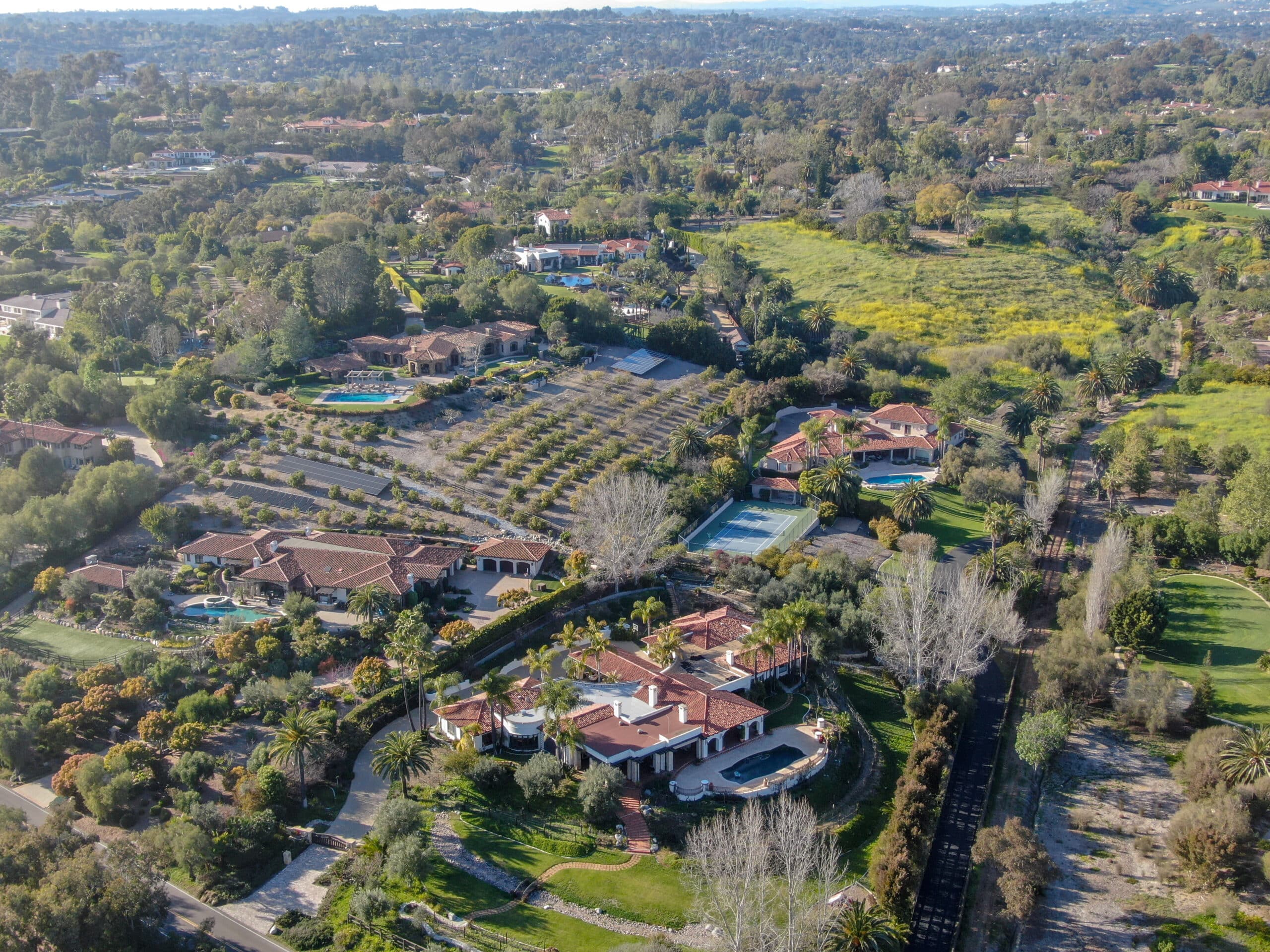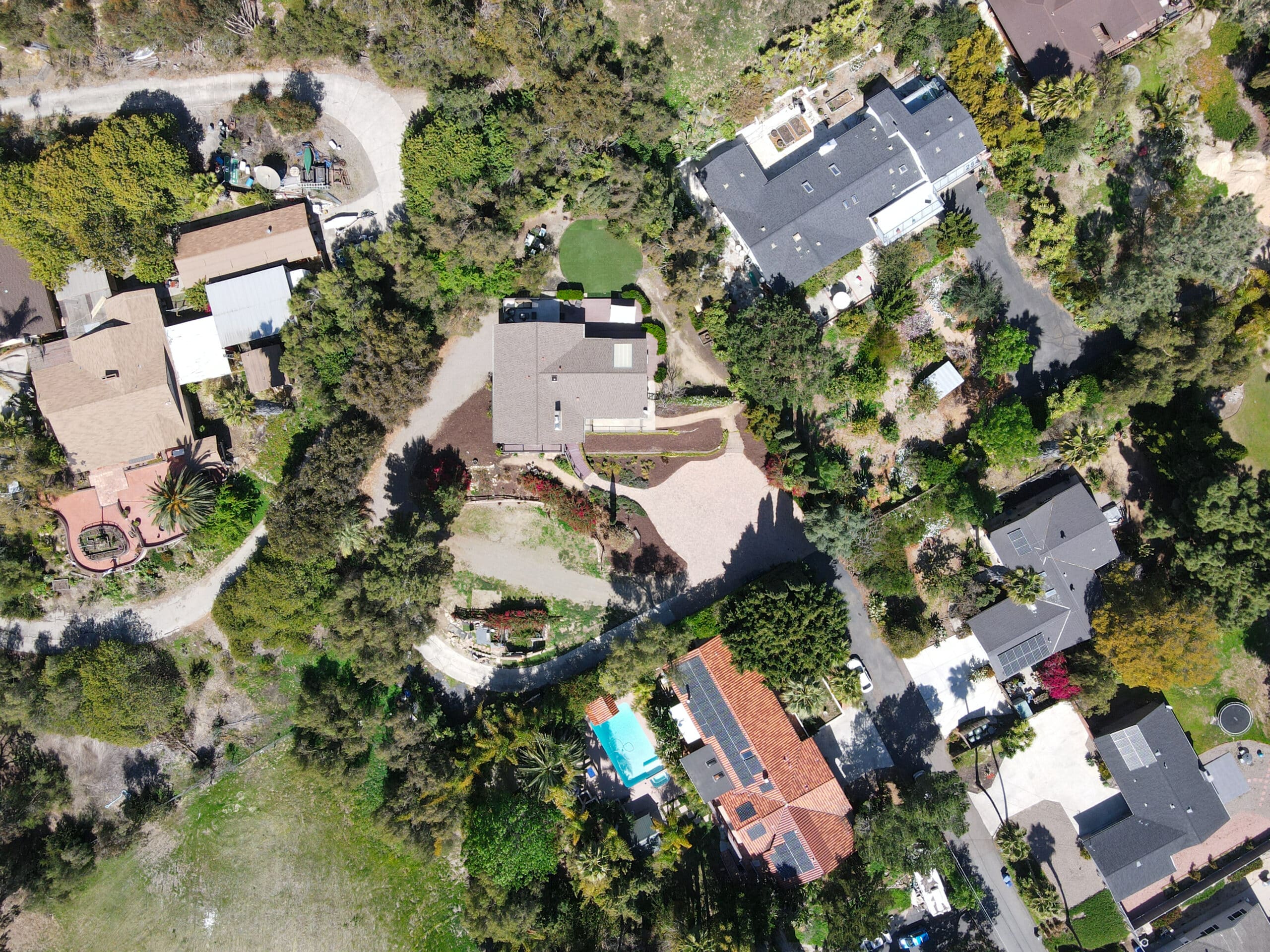Estimated reading time: 10 minutes
Ensuring the safety of guests and staff at private events in Santa Monica requires meticulous planning and a deep understanding of security dynamics. With the city hosting numerous high-profile gatherings throughout the year, the demand for comprehensive event security services is paramount. Practical security assessments are the backbone of any successful event, safeguarding against potential threats and ensuring a seamless experience for all attendees. This involves thoroughly evaluating venue vulnerabilities, external risks, and the effectiveness of current security measures. By leveraging insights from event security companies and incorporating advanced security technologies, organizers can create an environment where safety and enjoyment go hand in hand. This article delves into the critical steps needed to conduct practical security assessments for Santa Monica venues, highlighting the importance of collaboration with venue management, customization of security plans, and the continual review of security protocols to meet the unique needs of each event.
Table of contents
- Identifying and Evaluating Venue Vulnerabilities: Location, Access Points, and Crowd Capacity
- Identifying and Evaluating Venue Vulnerabilities: Location, Access Points, and Crowd Capacity
- Assessing External Risks: Proximity to High-Traffic Areas and Potential for Unauthorized Access
- Reviewing Previous Incident Reports and Security Breaches at Potential Venues
- Collaboration with Venue Management on Security Enhancements and Emergency Protocols
- Evaluating the Effectiveness of Existing Security Measures and Technology in Place
- Customizing Security Plans Based on the Event’s Scale, Profile of Attendees, and Specific Threats
- Preparing Detailed Reports and Recommendations for Event Organizers and Stakeholders
- Conclusion
Identifying and Evaluating Venue Vulnerabilities: Location, Access Points, and Crowd Capacity
Location Analysis
The first step in ensuring event security in Santa Monica involves a detailed analysis of the venue’s location. Factors such as the neighborhood’s safety profile, nearby hazards, and accessibility to emergency services are crucial. For instance, venues close to busy roads or densely populated areas might be at higher risk of unauthorized access or external threats. Therefore, understanding the geographical context helps develop a tailored security approach that addresses the location’s specific challenges.
Access Point Control
Control over access points is fundamental to secure any event. This entails not only the identification of all entry and exit points but also the implementation of measures to monitor and control these areas effectively. Security for events must include a plan for managing large crowds, ensuring smooth evacuations if necessary, and preventing unauthorized entry. Event security companies often recommend using barriers, checkpoints, and electronic access control systems to enhance security at these critical points.
Crowd Capacity Management
Effectively managing crowd capacity is vital for attendees’ safety and the event’s overall security. This includes estimating the maximum number of people the venue can safely accommodate and implementing measures to prevent overcrowding. Event security services may utilize ticketing systems, real-time monitoring tools, and strategic placement of security personnel to manage crowd flow and density. Additionally, understanding the venue’s capacity helps plan for emergencies, ensuring evacuation routes are adequately sized and free from obstructions.
Identifying and Evaluating Venue Vulnerabilities: Location, Access Points, and Crowd Capacity
Location Analysis
The first step in ensuring event security in Santa Monica involves a detailed analysis of the venue’s location. Factors such as the neighborhood’s safety profile, nearby hazards, and accessibility to emergency services are crucial. For instance, venues close to busy roads or densely populated areas might be at higher risk of unauthorized access or external threats. Therefore, understanding the geographical context helps develop a tailored security approach that addresses the location’s specific challenges.
Access Point Control
Control over access points is fundamental to secure any event. This entails not only the identification of all entry and exit points but also the implementation of measures to monitor and control these areas effectively. Security for events must include a plan for managing large crowds, ensuring smooth evacuations if necessary, and preventing unauthorized entry. Event security companies often recommend using barriers, checkpoints, and electronic access control systems to enhance security at these critical points.
Crowd Capacity Management
Effectively managing crowd capacity is vital for attendees’ safety and the event’s overall security. This includes estimating the maximum number of people the venue can safely accommodate and implementing measures to prevent overcrowding. Event security services may utilize ticketing systems, real-time monitoring tools, and strategic placement of security personnel to manage crowd flow and density. Additionally, understanding the venue’s capacity helps plan for emergencies, ensuring evacuation routes are adequately sized and free from obstructions.
Assessing External Risks: Proximity to High-Traffic Areas and Potential for Unauthorized Access
Proximity to High-Traffic Areas
Venues situated near high-traffic areas pose unique security challenges. The constant flow of people and vehicles increases the risk of unauthorized access and complicates distinguishing between attendees and potential intruders. Therefore, assessing the venue’s proximity to such areas is crucial for implementing additional security measures. This might include enhanced surveillance, increased security personnel, and more stringent access controls to mitigate the risks associated with high-traffic proximity.
Potential for Unauthorized Access
Evaluating the potential for unauthorized access is critical to security planning for events in Santa Monica. This involves a comprehensive review of the venue’s perimeter, identifying weak points intruders could exploit. Security for events must include measures to reinforce these vulnerabilities, such as installing fencing, employing motion sensors, and deploying security cameras strategically. Collaboration with local law enforcement can provide additional oversight and rapid response capabilities.
Implementing Deterrent Measures
Implementing deterrent measures is essential to address the risks posed by proximity to high-traffic areas and the potential for unauthorized access. This can range from visible security presence, which acts as a psychological barrier to potential threats, to technology like license plate recognition cameras to monitor and record all vehicles approaching the venue. Additionally, clear signage indicating surveillance and restricted access areas can further discourage unauthorized entry, ensuring the event remains secure from external threats.
Reviewing Previous Incident Reports and Security Breaches at Potential Venues
Analyzing Incident Reports
Examining previous incident reports is invaluable in preparing for an event’s security needs. This analysis helps identify patterns of breaches or disruptions specific to the venue or its vicinity. Security teams can learn from past experiences and understand how vulnerabilities were exploited. Consequently, these insights guide the development of more robust security strategies, ensuring that previous oversights are addressed and mitigated.
Learning from Security Breaches
Security breaches, while unfortunate, provide crucial learning opportunities. By reviewing these incidents in detail, security planners can gain a deeper understanding of the tactics used by intruders or disruptors. This knowledge is vital for enhancing security protocols, training personnel on potential threats, and implementing advanced security technologies to prevent similar incidents. Event security services often use these analyses to tailor their approach, ensuring a higher level of preparedness against sophisticated threats.
Continuous Improvement and Adaptation
The review process should not be a one-time activity but a part of a continuous improvement cycle. Security for events is dynamic, requiring adaptation to evolving threats and new security technologies. Regularly updating security plans based on the latest incident reports ensures the measures are as effective as possible. This proactive approach enhances the security of the current event and contributes to the broader knowledge of event security, benefiting future events and the industry.
Collaboration with Venue Management on Security Enhancements and Emergency Protocols
Establishing a Unified Security Vision
Effective collaboration between event organizers and venue management is crucial for creating a secure environment. This partnership begins with establishing a unified security vision that aligns with both parties’ objectives. Through open communication, stakeholders can identify critical security needs and allocate resources efficiently. This collaborative effort ensures that all aspects of security, from personnel to technology, are integrated seamlessly, enhancing the overall safety of the event.
Developing Comprehensive Emergency Protocols
Emergency protocols are a vital component of event security planning. Collaborating with venue management allows for developing detailed, site-specific emergency response plans. These protocols should cover a range of potential scenarios, including natural disasters, medical emergencies, and security threats. Joint training sessions and drills with all involved staff ensure that everyone understands their role in an emergency, facilitating a coordinated and swift response that can mitigate risks and protect attendees.
Leveraging Venue Expertise and Resources
Venue management teams often know extensively about their properties and the surrounding areas. By leveraging this expertise, event organizers can enhance security measures and emergency preparedness. Venue managers can provide valuable insights into the most effective placement of security cameras, the design of crowd control strategies, and the identification of evacuation routes. Furthermore, venues may already have security technologies and infrastructure, which can be utilized or augmented to meet the event’s specific needs, ensuring a cost-effective and comprehensive security solution.
Evaluating the Effectiveness of Existing Security Measures and Technology in Place
Conducting Security Audits
Conducting comprehensive security audits is crucial in assessing a venue’s preparedness for an event. These evaluations allow security teams to examine the current security infrastructure, including physical barriers, surveillance systems, and access control mechanisms. By identifying strengths and weaknesses, organizers can determine where enhancements are necessary. Moreover, security audits provide a benchmark for measuring the effectiveness of existing measures, ensuring they meet the event’s specific requirements.
Leveraging Advanced Security Technologies
The rapid advancement in security technologies offers event organizers a plethora of tools to enhance safety, and it is essential to evaluate the effectiveness of these technologies within the context of a specific venue. For instance, integrating AI-powered surveillance can significantly improve threat detection and response times. Similarly, biometric access controls can offer higher security for restricted areas. Event security services must stay abreast of these developments, incorporating the most effective solutions into their security plans.
Continuous Monitoring and Feedback
Continuous monitoring and feedback mechanisms should be in place to ensure the ongoing effectiveness of security measures. This involves the real-time surveillance of the event and post-event analyses to gather insights on what worked and what did not. Such feedback is invaluable for refining security strategies and technologies for future events. Engaging with attendees and staff to gather their perceptions of security can also provide unique perspectives, further enhancing the security planning process.
Customizing Security Plans Based on the Event’s Scale, Profile of Attendees, and Specific Threats
Tailoring Security to the Event Scale
The size and scale of an event significantly influence its security needs. Large-scale events require comprehensive crowd control measures, extensive surveillance, and more security personnel. Conversely, smaller events might prioritize more discreet security measures to maintain a welcoming atmosphere while ensuring safety. Customizing security plans to match the event scale ensures that resources are allocated efficiently, providing adequate protection without overburdening the event with unnecessary measures.
Understanding Attendee Profiles
The profile of event attendees plays a critical role in security planning. Events attracting high-profile individuals, for instance, may face increased risks of targeted threats and require heightened security protocols. Understanding attendees’ demographics, behaviors, and expectations allows security teams to anticipate potential security challenges and tailor their approach accordingly. This might include specific entry protocols, enhanced VIP protection, or specialized security personnel trained to handle diverse crowds.
Addressing Specific Threats
Each event is unique, with specific threats that must be considered during the planning phase. These could range from external risks, such as terrorist threats, to internal issues like crowd disturbances. Customizing security plans involves a thorough risk assessment, identifying potential threats, and developing strategic responses. This proactive approach ensures that security measures are comprehensive and specific to the event’s challenges, enhancing overall safety and preparedness.
Preparing Detailed Reports and Recommendations for Event Organizers and Stakeholders
Compiling Security Assessments
The culmination of a thorough security planning process is the compilation of detailed reports. These documents should provide a comprehensive overview of the security assessment, including analyses of venue vulnerabilities, external risks, and the effectiveness of current security measures. Security teams offer valuable insights that inform decision-making processes by presenting findings clearly and organized. These reports serve as a foundation for discussions on security enhancements and budget allocations, ensuring all stakeholders are aligned on the priorities for event safety.
Offering Actionable Recommendations
Beyond identifying potential security issues, these reports must include actionable recommendations for improvement. This could involve suggestions for upgrading surveillance technology, enhancing access control systems, or increasing security personnel. Recommendations should be prioritized based on their impact on overall security and feasibility within the event’s budget and timeline. Security teams help organizers navigate the complex process of implementing effective security measures by providing a roadmap for enhancements.
Facilitating Stakeholder Engagement
Effective communication with stakeholders is essential for the successful implementation of security plans. Detailed reports and recommendations inform stakeholders of the current security status and engage them in planning. Regular updates and meetings allow for exchanging ideas and feedback, fostering a collaborative environment. This engagement ensures that all parties are committed to the security strategy, contributing to a more cohesive and practical approach to event safety.
Conclusion
In conclusion, conducting thorough security assessments for Santa Monica venues is imperative for the safety and success of any event. Through diligent evaluation of venue vulnerabilities, external risks, and previous security breaches, event organizers can develop robust, customized security plans. Collaboration with venue management, leveraging advanced security technologies, and preparing detailed reports are essential steps in this process. By addressing the unique needs of each event, security planners ensure a safe and enjoyable experience for all attendees, demonstrating a commitment to excellence in event security management.












